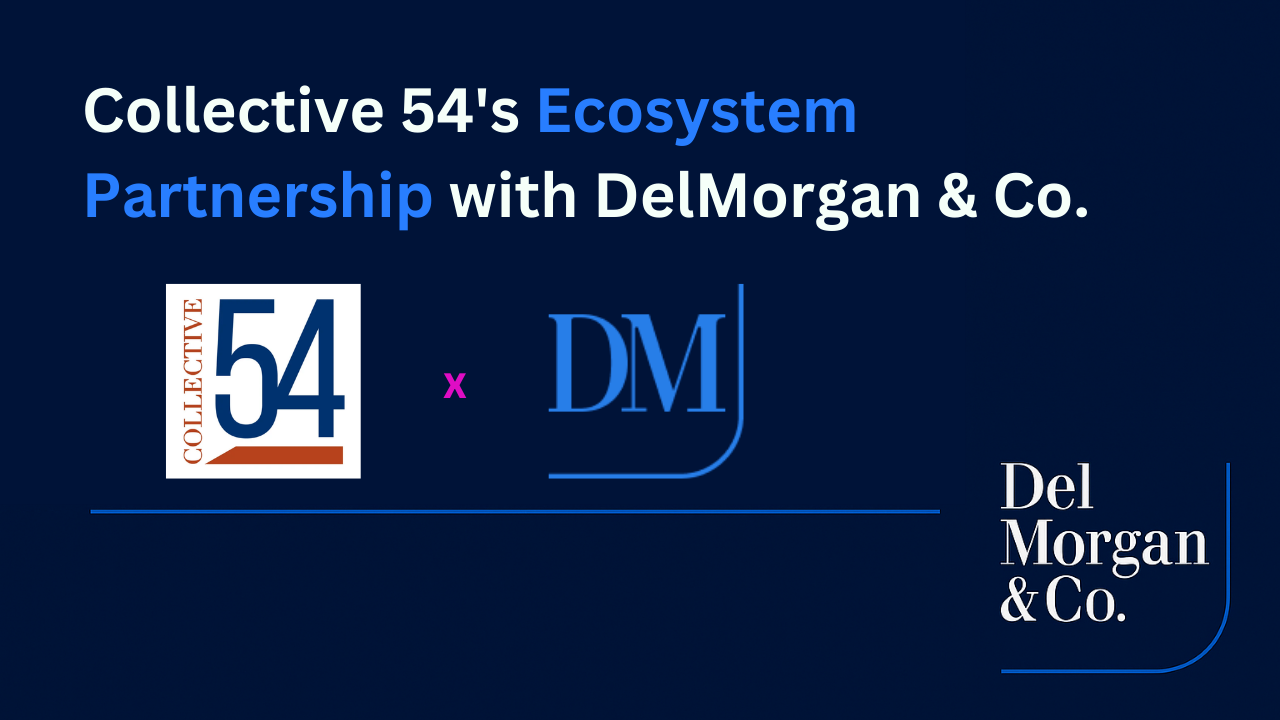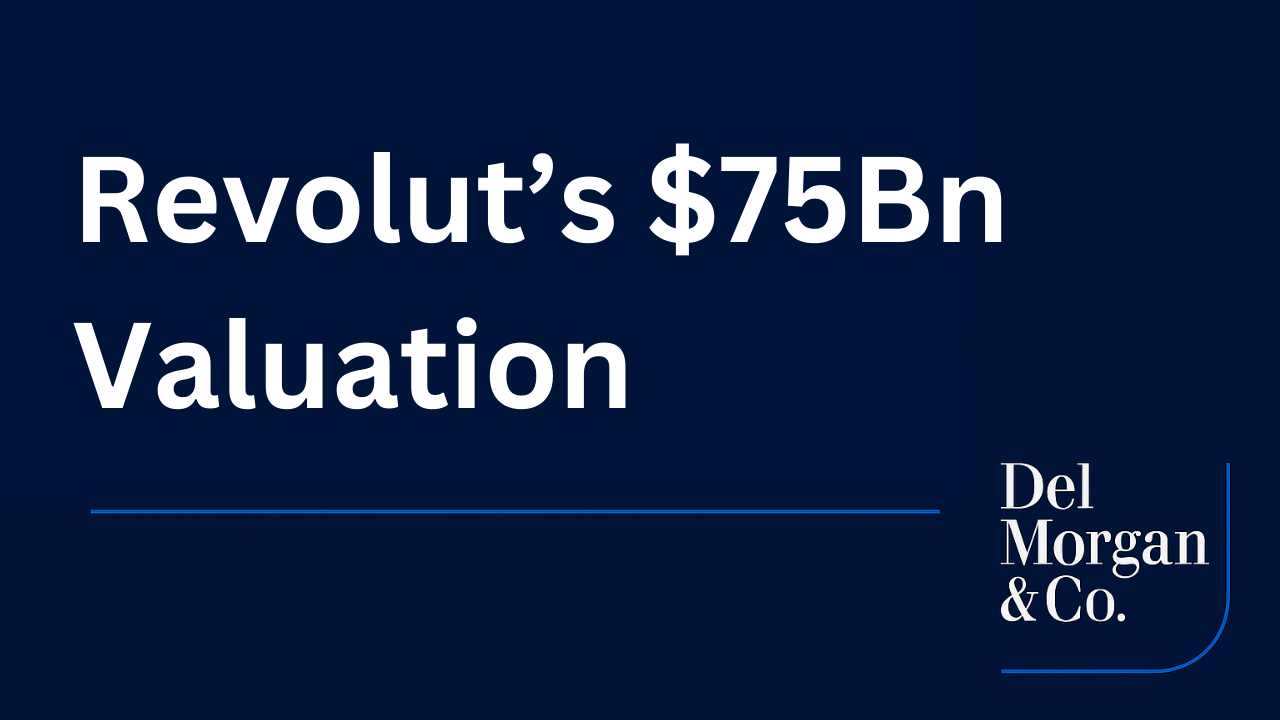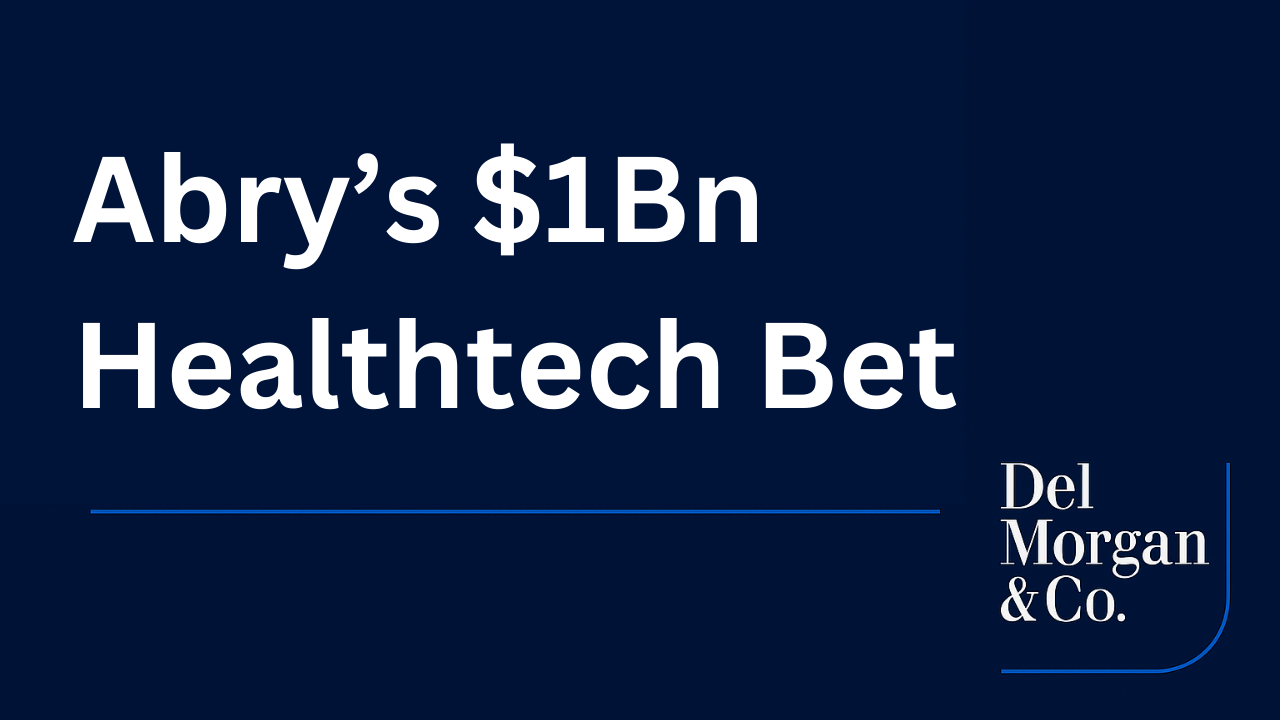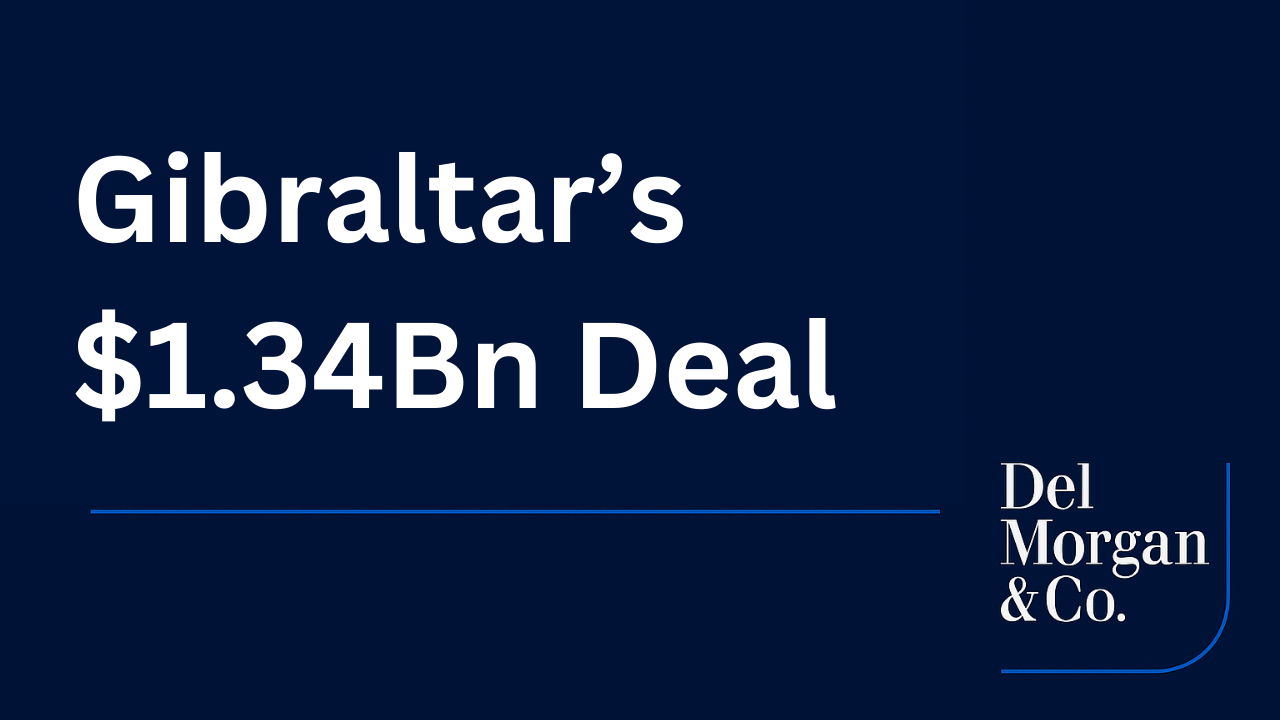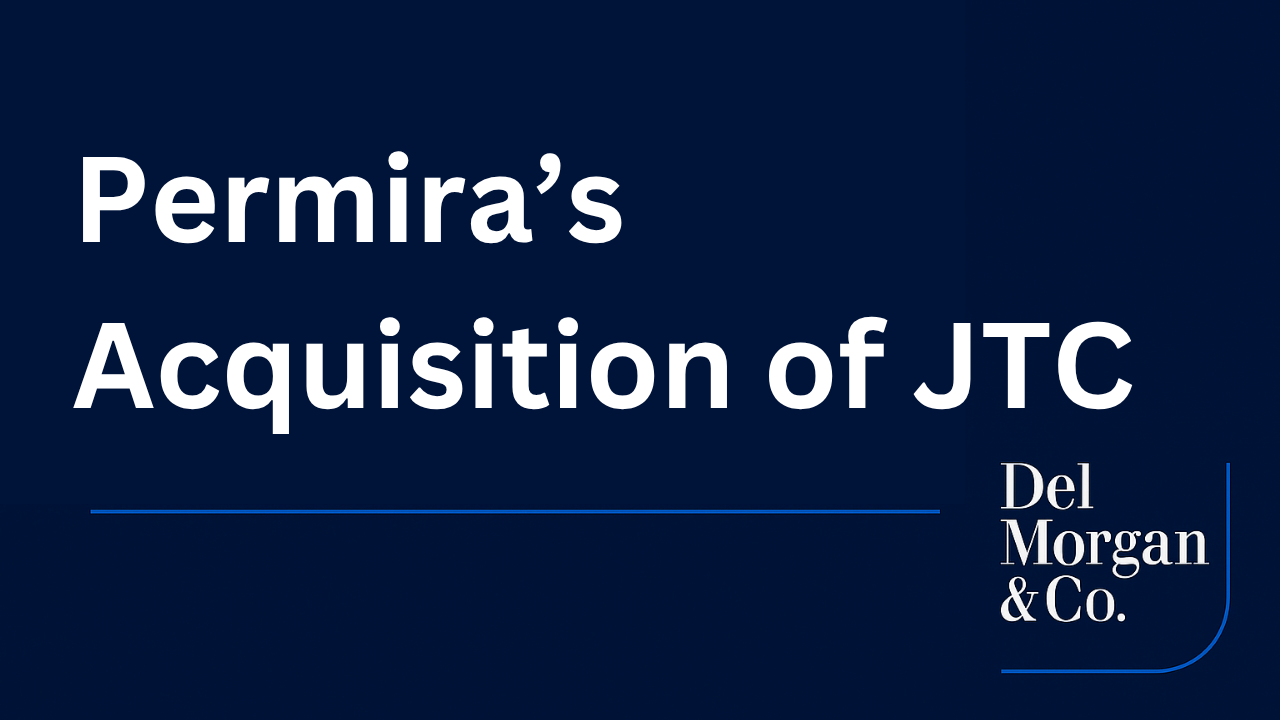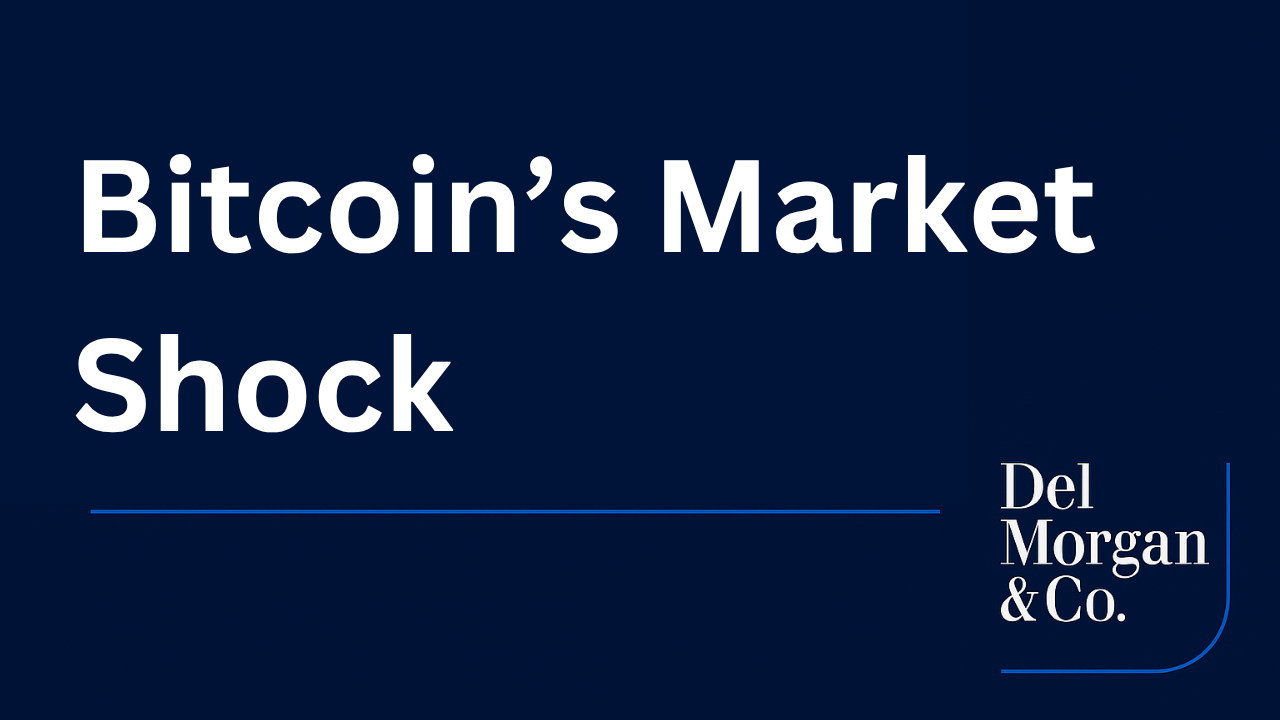Executive Summary
The U.S. food and beverage sector is navigating a profound transformation in 2025, propelled by shifting consumer preferences, operational realignment and commodity-driven cost pressures. Once a bastion of defensive investing, the packaged food industry now faces a dynamic landscape shaped by nutritional demand, portfolio restructuring and evolving investor expectations. Notable developments involving Ferrero, Coca-Cola, PepsiCo, In-N-Out, Hershey and others highlight a critical inflection point: sustainable growth increasingly depends on innovation, margin resilience and differentiation, rather than legacy brand equity or distribution scale.

Portfolio Realignment: Ferrero-Kellogg and Industry Consolidation
Ferrero’s acquisition of Kellogg’s North American cereal business underscores ongoing consolidation in a category grappling with secular challenges. Cereal volumes have eroded as private-label competitors and high-protein breakfast alternatives gain traction, with lower-income consumers trading down and affluent consumers prioritizing nutritional functionality over nostalgia. Kellogg, trading near $59 in mid-July and down approximately 8% year-to-date, reflects declining volume trends in core cereal, despite relative strength in snacks. This divestiture could enable Kellogg to sharpen its focus on higher-growth segments, while Ferrero gains manufacturing scale and brand reach. Analysts estimate the deal’s value between $1.5 billion and $2.5 billion, depending on asset carve-outs and performance projections. This transaction signals a broader trend of portfolio rationalization, as companies shed underperforming assets to fund growth in high-margin, high-demand categories.
Protein Innovation: Driving Growth and Investor Interest
High-protein snacks, shakes, and meal kits are driving significant consumer and investor interest, fueled by health-conscious demand and premium pricing power. Hormel Foods, up 5.2% over the last quarter, benefits from value-added meat sales, leveraging integrated supply chains for margin stability. BellRing Brands, parent of Premier Protein, has surged over 14% year-to-date, driven by strong retail momentum and expanding category share. Unlike legacy consumer packaged goods firms tied to slower-moving staples, companies aligned with protein innovation are rewarded with multiple expansion and favorable volume elasticity. Margin expansion remains a key theme, with protein-enhanced products supporting higher average selling prices and stronger customer retention. Firms with integrated sourcing and scalable distribution networks are particularly well-positioned to sustain growth, as evidenced by startups such as athlete-backed Jams introducing protein-rich spins on traditional products.
Plant-Based Reset: Recalibrating Expectations
The plant-based meat category, once hailed as a disruptor, has seen waning investor enthusiasm. First-generation brands like Beyond Meat, trading under $7 per share in July 2025 and down over 60% since early 2023, face demand erosion, supply chain inefficiencies and consumer skepticism. Tyson Foods, which previously expanded into the category, has scaled back its plant-based exposure in favor of margin-accretive branded meats and value-tier animal proteins. While Tyson’s shares remain flat year-to-date, analysts note cautious margin stabilization and improved discipline in channel mix. Investor focus is shifting toward next-generation food technologies, including precision fermentation, cell-based meats and hybrid protein platforms, though commercial scalability and regulatory hurdles temper near-term optimism. Capital inflows into the space remain selective, awaiting clearer regulatory frameworks and cost reductions.
Commodity Pressures: Navigating Beef Price Surges
Record-high U.S. beef prices in mid-2025, up 18% year-over-year with USDA-reported Choice cuts at $330 per hundredweight, are reshaping financial dynamics across the value chain. Supply constraints, persistent drought in key cattle-producing regions and elevated feed costs are driving these pressures. Upstream processors like JBS and Cargill, the latter privately held, are capitalizing on margin tailwinds, while downstream restaurant operators face a squeeze between consumer price sensitivity and rising input costs. Chipotle Mexican Grill recently implemented modest menu price increases to offset beef inflation, while Wendy’s issued downward revisions to margin guidance in Q2 due to commodity pressures. Retail grocers are adjusting merchandising strategies, shifting toward prepared and frozen substitutes as fresh beef volumes decline. Investors are closely monitoring commodity exposure levels, with operators boasting diversified protein menus likely to demonstrate greater resilience compared to those heavily reliant on fresh beef.
In-N-Out’s Tennessee Expansion: A Strategic Shift
In-N-On-Out Burger’s $125 million investment in a Tennessee corporate campus and distribution facility near Nashville marks its first expansion east of Texas, signaling a pivotal shift in its growth model. While privately held, In-N-Out’s vertically integrated supply chain, particularly in fresh beef sourcing, has underpinned its quality positioning. Expansion into new geographies will likely necessitate a broader cold chain footprint, enhanced last-mile delivery coordination and increased exposure to national beef pricing trends. This move carries implications for regional job markets, franchise economics and logistics, with suppliers and industrial REITs in the Nashville corridor poised to benefit from investments in food-grade cold storage and transportation. Analysts covering competitors like Shake Shack and Chipotle are monitoring potential labor competition and margin compression in the region as In-N-Out scales its presence.
Coca-Cola’s Ingredient Transition: Implications for Supply Chains
Coca-Cola’s signaled pivot toward cane sugar in select U.S. product lines has sparked market reactions, with shares of corn syrup suppliers Archer Daniels Midland and Ingredion declining 2.3% and 1.9%, respectively, on July 15, despite partial intraday recovery. Raw sugar futures rose 1.1% amid speculation of shifting demand dynamics. Coca-Cola, trading at approximately $64 and up 2.8% year-to-date, benefits from investor optimism around ingredient transparency and health-aligned innovation. However, reformulation would require renegotiating longstanding supply contracts and careful cost recalibration, potentially setting a precedent for the broader consumer packaged goods sector to balance pricing power with consumer perception.
PepsiCo and Hershey: Leadership and Performance Dynamics
PepsiCo’s Q2 earnings beat, driven by robust sales in zero-sugar beverages and protein-forward snacks, propelled shares 4.5% on the announcement day, with a 9.7% year-to-date gain outpacing sector peers. Management’s focus on SKU consolidation and portfolio investment has bolstered margin protection in a volatile input-cost environment. Meanwhile, Hershey’s CEO transition, with former Wendy’s executive Kirk Tanner succeeding Michele Buck, has spurred early signs of share price recovery after a sluggish start, down 3.8% year-to-date but trending upward post-announcement. Investors anticipate renewed focus on international expansion and digital commerce under new leadership as Hershey navigates evolving consumer channels and pricing dynamics.
Market Outlook: Strategic Divergence and Investment Opportunities
The 2025 food and beverage landscape is defined by strategic divergence. Legacy brands with stagnant demand are losing ground to leaner, more agile firms aligned with emerging consumer priorities like nutrition, sustainability and ingredient traceability. Portfolio rationalization, as exemplified by Ferrero-Kellogg, and ingredient innovation, as signaled by Coca-Cola, represent distinct paths to value creation. Companies positioned at the intersection of functional demand, brand modernization and cost discipline are earning market favor, while those slow to adapt face pricing pressure and relevance risk. Investors should prioritize monitoring margin trends, innovation pipelines and commodity exposures as forward indicators of resilience. While the sector retains defensive characteristics, durable alpha will likely accrue to firms that more fully embrace structural change.
About DelMorgan & Co.
With over $300 billion of successful transactions in over 80 countries, DelMorgan’s Investment Banking professionals have worked on some of the most challenging, most rewarding and highest profile transactions in the U.S. and around the globe. In the upcoming year we expect more high-quality deal execution for more clients and welcome the opportunity to speak with companies interested in potentially selling their businesses or raising capital.
